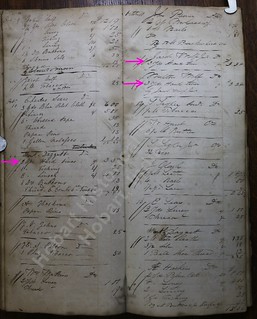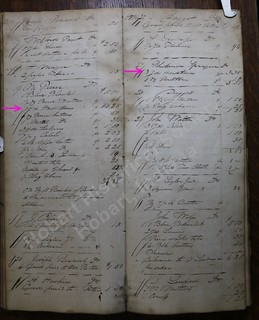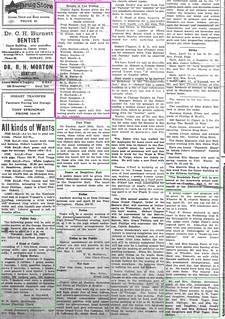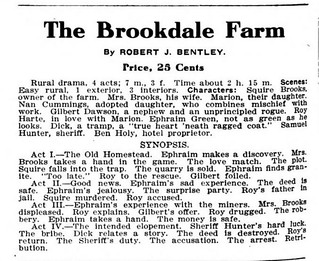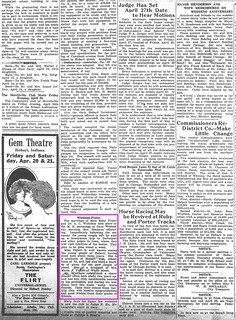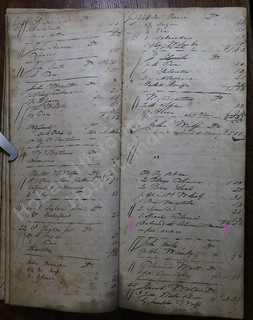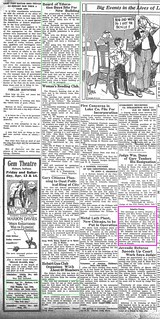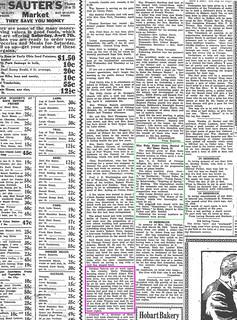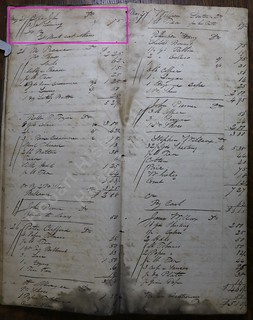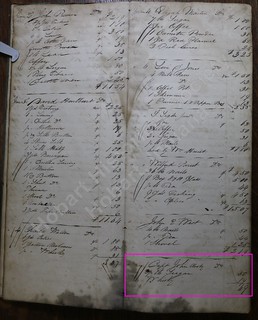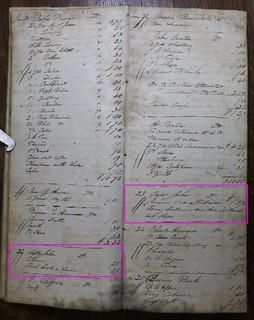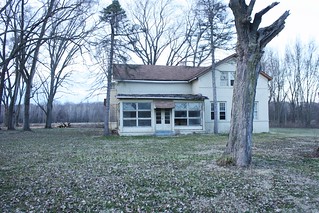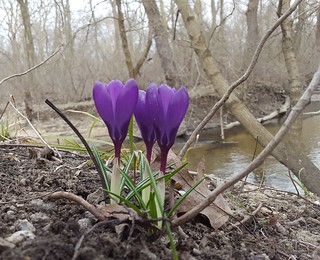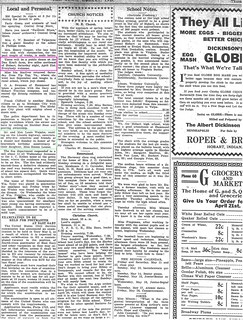
(Click on image to enlarge)
Hobart News, April 29, 1923.
… which naturally leads me to wonder where the Dan Kraft farm was. Of course I thought of that wonderful brick house on the northeast corner of County Line Road and Cleveland/700 N; that's a Kraft house. But looking over the Porter County plat maps, I find that's not the right Kraft house — it belonged to Dan's brother, Fred. Dan's farm was a bit further northeast:
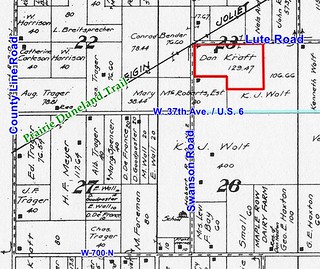
(Click on image to enlarge)
Image from http://www.inportercounty.org/Data/Maps/1921Plats/Portage-1921.jpg.
I am not sure that Dan Kraft actually resided on his farm in 1923. He was about 75 by then, retirement age even in that hard-working era. The 1920 Census seems to have counted him twice: once as a dairy farmer on his farm in Portage Township; and again as a retired resident of Hobart.
Below the Kraft ad in the same column, we learn of a very large party for a 14-year-old. Apparently Louis and Lena Wojahn had moved back to Ainsworth from Hobart since 1917.
I believe this Wojahn house is still standing, but it sits so far from the road that you can't really see it as you drive by.
Elsewhere in the same issue, a "South of Deepriver" column …
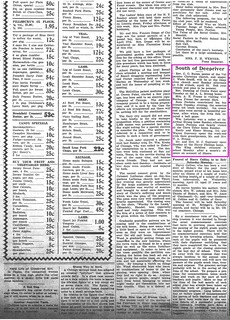
(Click on image to enlarge)
Hobart News, April 19, 1923.
… with a couple of unfamiliar names — King and Lakotski. I can't identify any of them for certain.

